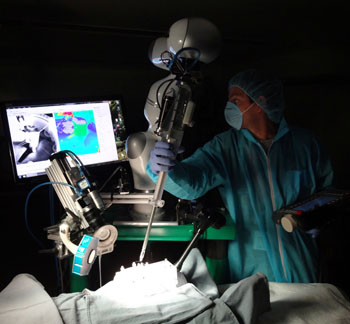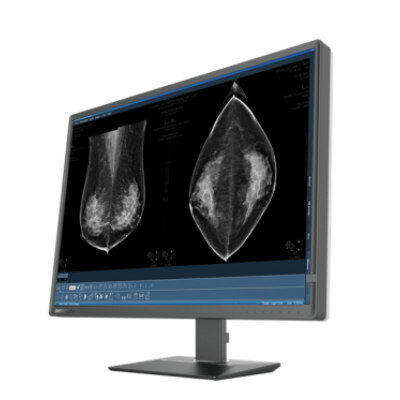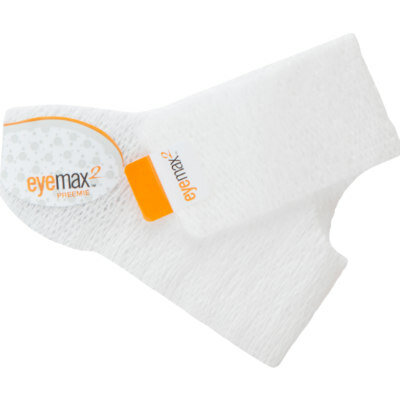Autonomous Surgical Robots Outperform Human Hands
By HospiMedica International staff writers
Posted on 16 May 2016
A supervised, autonomous robot can perform surgery on soft tissue more effectively than a surgeon's hands, or even a surgeon assisted by a robot, claims a new study.Posted on 16 May 2016
Developed at the Sheikh Zayed Institute for Pediatric Surgical Innovation at Children's National Health System (Washington, DC, USA), the Smart Tissue Autonomous Robot (STAR) consists of tools for suturing, as well as fluorescent and three-dimensional (3D) imaging, force sensing, and submillimeter positioning. For example, the robot's tracking system combines near-infrared (NIR) fluorescent marking with a plenoptic camera to create 3D images of the target tissue. The images are then processed to enable accurate, uninhibited tracking of tissue deformation during the surgery.

Image: The STAR autonomous surgical robot (Photo courtesy of the Children\'s National Health System).
Another piece of software, an intelligent algorithm, combines with the tracking system to guide and autonomously adjust (in real time) the surgical plan as the tissue moves around and changes. The researchers tested STAR in an anastomosis procedure, which involved connecting tubular intestinal loops in live pigs. They then compared metrics of the anastomosis, including consistency of suturing informed by the average suture spacing, the pressure at which the anastomosis leaked, the number of mistakes that required removing the needle from the tissue, completion time, and lumen reduction in intestinal anastomoses.
The results showed that when compared to manual laparoscopic surgery and robotic assisted surgery (RAS), the outcome of the supervised autonomous procedures was superior in both ex vivo porcine tissues and in living pigs. According the researchers, the results demonstrate the potential of such autonomous robots in improving the efficacy, consistency, functional outcome, and accessibility of surgical techniques. The study was published on May 4, 2016, in Science Translational Medicine.
“STAR is a supervised robot that effectively removes the surgeon's hands from the procedure, and instead, the surgeon supervises the robots autonomously planned and performed stitching or suturing,” said senior author pediatric surgeon Peter Kim, MD, vice president of the Sheikh Zayed Institute. “The intention is not to replace surgeons, but to improve results by complementing human skills with enhanced vision, dexterity, and machine intelligence.”
Related Links:
Children's National Health System













